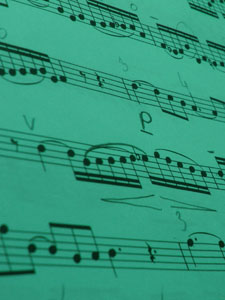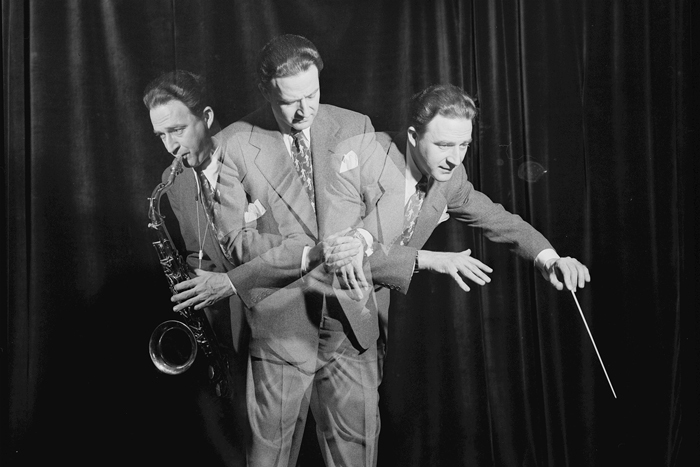Romance
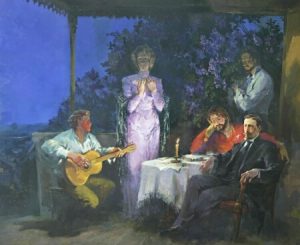 “Music is the soul of poetry, it clarifies and opens it. It makes a poetic word deeper in meaning and easier in perception. The spirit of music in the emotional aspect is the creative will that motivates talented people to create a state of sound and shape it as their world view”
“Music is the soul of poetry, it clarifies and opens it. It makes a poetic word deeper in meaning and easier in perception. The spirit of music in the emotional aspect is the creative will that motivates talented people to create a state of sound and shape it as their world view”
Romance in music is a vocal composition written for a small poem of lyrical content, mostly love.
The term “romance” originated in Spain in the Middle Ages and originally designated a secular song in Spanish (“Romanesque”) language. In Russia, the first examples of romance can be considered Kant, distributed already in the late 17th century. And in the XVIII century. the poems of the most famous Russian poets – A. P. Sumarokov, A. F. Merzlyakov, M. V. Lomonosov – were immediately picked up by musicians and sang by amateur singers. Such works were called Russian songs. Continue reading
Sonata
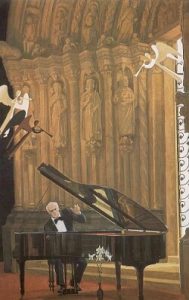 The word “Sonata” is derived from the Italian verb “Sonare” – “sound.”
The word “Sonata” is derived from the Italian verb “Sonare” – “sound.”
For the first time Spanish composers of the 16th century began to call it that. Early sonatas were polyphonic, for example, trio sonatas for 3 instruments — violins (or flutes), viola da gamba and harpsichord. When the homophon came to replace the polyphonic style (the main voice began to play the main role with a bright melody, and the rest acquired an accompanying, accompanying character), the sonata for the solo instrument with accompaniment, especially for the violin, became paramount. In the XVII — XVIII centuries. Violin sonatas are composed by the largest Italian composers – J. Vitali, J. Tartini, A. Corelli, A. Vivaldi. The keyboard tool performed in them purely accompanying function. Continue reading
Overture
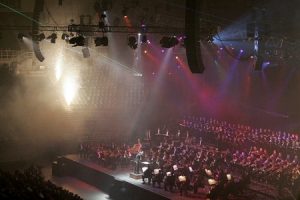 Overture in music is an instrumental (usually orchestral) piece, performed before the beginning of any performance – a theatrical performance, an opera, a ballet, a movie, etc., or a one-part orchestral work, often belonging to program music.
Overture in music is an instrumental (usually orchestral) piece, performed before the beginning of any performance – a theatrical performance, an opera, a ballet, a movie, etc., or a one-part orchestral work, often belonging to program music.
Overture prepares the listener for the upcoming action.
The tradition to announce the beginning of the presentation with a brief musical signal existed long before the term “overture” entrenched itself in the work of French and then other 17th century European composers. Continue reading
Symphony
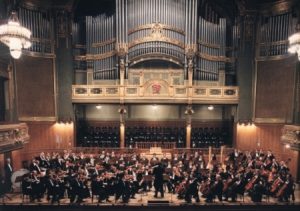 A symphony is usually a composition for orchestra, usually consisting of several parts. This is one of the main genres of European music. In the modern sense, the word “symphony” came into use relatively recently, in the 70s. XVIII century., It is the very same very ancient origin.
A symphony is usually a composition for orchestra, usually consisting of several parts. This is one of the main genres of European music. In the modern sense, the word “symphony” came into use relatively recently, in the 70s. XVIII century., It is the very same very ancient origin.
“Symphony” in Greek means “consonance”. In ancient times, the so-called singing of the choir or ensemble in unison, as well as any harmonious, melodious combination of tones. In the Middle Ages, the word disappeared from use, and its new life began in the Renaissance. But now a different meaning was put into the word “symphony”. In the music of the Renaissance, polyphonic vocal compositions were circulated – madrigals, canzons. They usually opened with an instrumental introduction, which was called a symphony. When in the XVII century. an opera arose, it also began with a symphony – later this introduction turned into an overture. Continue reading
About jazz
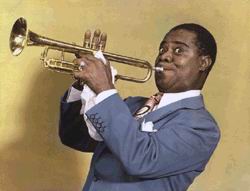 Jazz is a form of musical art that emerged at the beginning of the 20th century in the United States as a result of the synthesis of African and European cultures and which subsequently became widespread. Improvisation, polyrhythm based on syncopated rhythms, and a unique set of techniques for performing a rhythmic texture – swing, are characteristic features of the musical language of jazz. The further development of jazz was due to the development of jazz musicians and composers of new rhythmic and harmonic patterns. Continue reading
Jazz is a form of musical art that emerged at the beginning of the 20th century in the United States as a result of the synthesis of African and European cultures and which subsequently became widespread. Improvisation, polyrhythm based on syncopated rhythms, and a unique set of techniques for performing a rhythmic texture – swing, are characteristic features of the musical language of jazz. The further development of jazz was due to the development of jazz musicians and composers of new rhythmic and harmonic patterns. Continue reading

